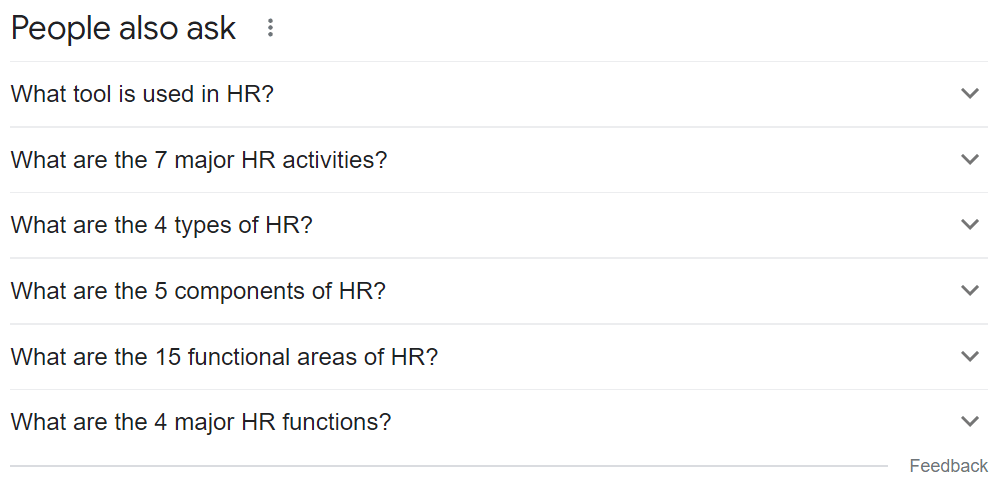Whether it’s Siri, Google Assistant or Alexa, voice search assistants and devices are steadily creeping into our daily lives. And they’re changing the game of multilingual voice search SEO.
How we ask for information using voice search differs from when we type. Now, throw in multiple languages, and voice SEO becomes a whole new ball game.
Here’s more on why it’s worth considering voice search in your international SEO strategy and how to optimize your content for multilingual voice search.
See also: Content marketing translation: A fast way to scale
What is multilingual voice search?

Voice search involves using voice-enabled commands to search on either your internet browser, phone or voice search device. It’s basically like your usual Google search, but instead of typing your query, you speak into your microphone.
There are different ways to use voice search:
- Smartphones: generally used by people looking for a quick answer or solution on the go. This may be directly into Google voice search or via a search assistant like Siri or Google Assistant.
- Smart devices: generally used in the comfort of your home for any kind of search, from random trivia to recipes, weather and local searches.
- Car speakers: generally used to ask for locations, directions or store information.
See also: Multilingual marketing: 5 channels to run in more than one language
What’s the difference between voice search and text search?
There’s a significant difference between the two search methods. Users typically use as few words as possible when typing a search query. However, with voice search, users tend to be more conversational and pose questions rather than simply typing phrases.
Here’s an example:
When searching for restaurants in Madrid, a common typed search would simply be “restaurants Madrid.” While a voice search would more likely be: “What are the best restaurants in Madrid?”
People are also prone to searching in their native language, which is where multilingual voice search comes in. Like standard multilingual SEO, you need to consider how your audience voice searches in different languages.
Download our free, interactive worksheet to start adapting your content for local markets:

Why multilingual voice search should be a key consideration

Around 4.2 billion people use voice-activated search devices and assistants worldwide—estimated to double to 8.4 billion by 2024. It’s safe to say that voice search is here to stay and will only get more prominent.
People aren’t just using voice search devices to play music, find out the weather or ask for directions: 58% of users use voice search to look for local business information. And according to Gen Z research, 34% of generation Z users are willing to purchase via voice-activated ordering system.
You’re seriously missing out on a massive opportunity if you’re not optimizing for voice search.
Google voice search supports 119 languages, Siri supports 21 languages and Alexa supports eight languages. Common languages supported include English, French, German, Hindi, Italian, Japanese, Portuguese and Spanish.
Keyword research for multilingual voice search SEO
All SEO strategies start at the same place: keyword research.
As mentioned earlier, regular SEO differs from voice SEO. One of the key differences is the importance of snippets in voice SEO, as featured snippets are the source of many voice search results.
So, to reach the number-one spot in voice search, you need to optimize for featured snippets in each language in which your website is published.
It’s also important to understand that users tend to ask questions in their voice searches—using terms like “why,” “what,” “when” and “how.” So you need to brainstorm all possible questions people may ask about your business or product and then provide the answer on your website—in all languages.
Answer the Public is a great social listening tool to discover what questions people are asking. All you have to do is enter your product or service, and it’ll bring up the most common questions and searches around the topic.
Here’s an example of the search term “HR tools:”

The People Also Ask feature on Google is another great place to get more questions and content ideas. See below the questions and content ideas for “HR tools:”

Voice search also uses natural language, which tends to be longer than text searches—meaning you need to start targeting long-tail keywords.
Remember: like in regular SEO, keywords and phrases rank differently in each country. Simply translating keywords is not enough to optimize content for different languages. You need to localize the keywords.
See also: Content localization: A how-to guide for global brands
Besides keyword research, how else can you optimize for voice search assistants and devices?
While your keywords play a significant role in your search rankings, a few other factors also influence multilingual voice search.
Here’s what else to do to optimize your content for voice search:
- Create content that is simple and easy to understand
- Optimize your Google Business profile and Yelp listings by adding detailed information, photos, targeted keywords and the most relevant categories
- Work on building up your Yelp and Google Business ratings and reviews—this is particularly important to optimize for Siri, who relies on Yelp to return results that indicate a place
- Optimize and regularly update a FAQ section on your website
- Ensure your website is properly structured and indexed for all languages—you can do this with hreflang tags
When optimizing your content for multilingual voice searches, it’s important to remember that most voice searchers expect short answers—often only one word or a sentence. The location also plays a major role as voice assistants carry out location-based searches to provide users with the most relevant answer.
See also: Marketing content translation: 10 tips to going multilingual
Reach global audiences on all devices and platforms

If you truly want to expand your international presence, you need to consider all devices and platforms that your audience is using. Once you know where they’re getting their information, you know where to optimize your global content marketing—including multilingual voice search.
At VeraContent, we help brands reach global audiences by localizing and optimizing your content for each market. We go beyond content marketing translation and ensure that your content is relevant for each audience—from the messaging to the images and SEO.
Get in touch with us to find out how we can help ensure your content reaches the right people—and to see if you qualify for a free content consultation.

